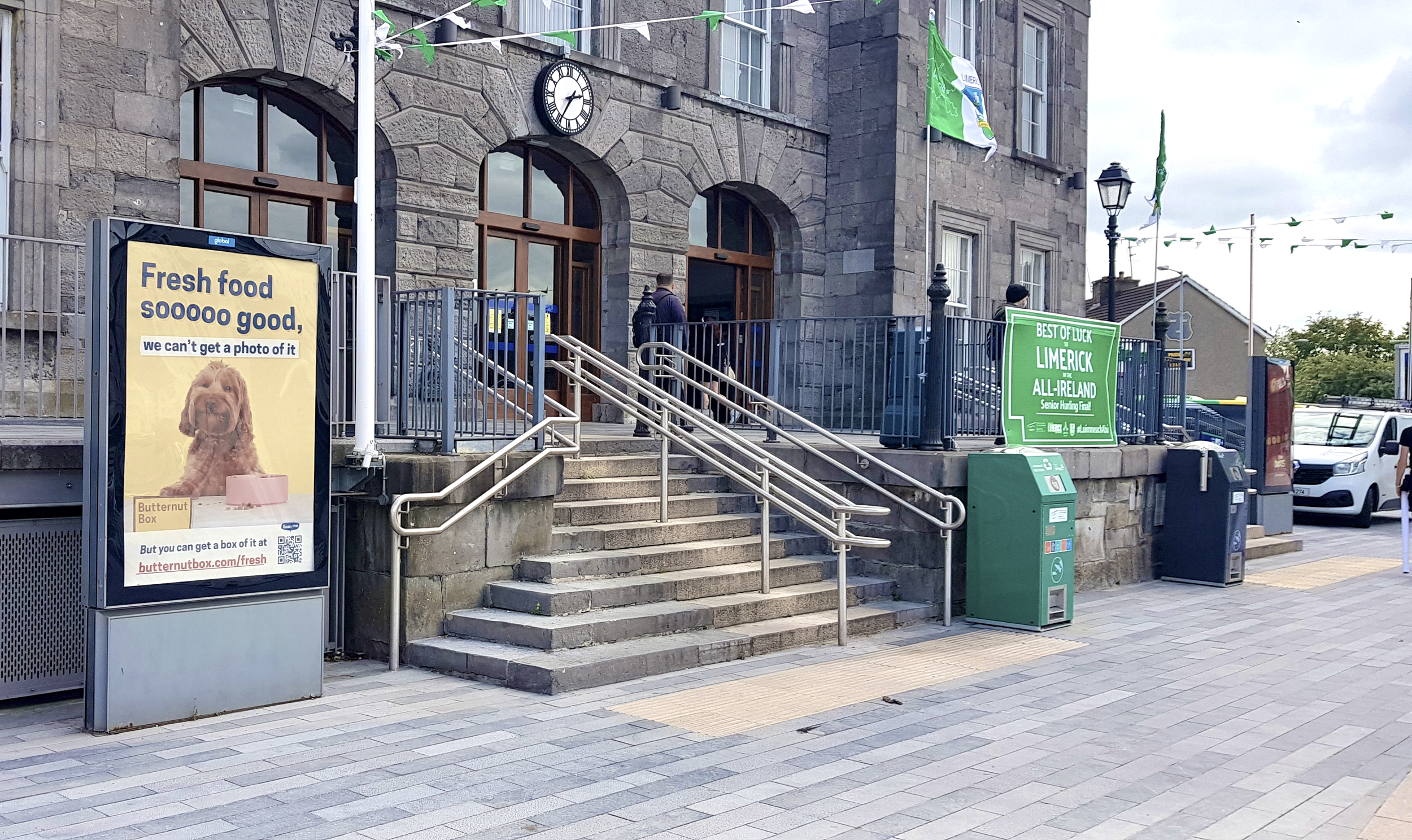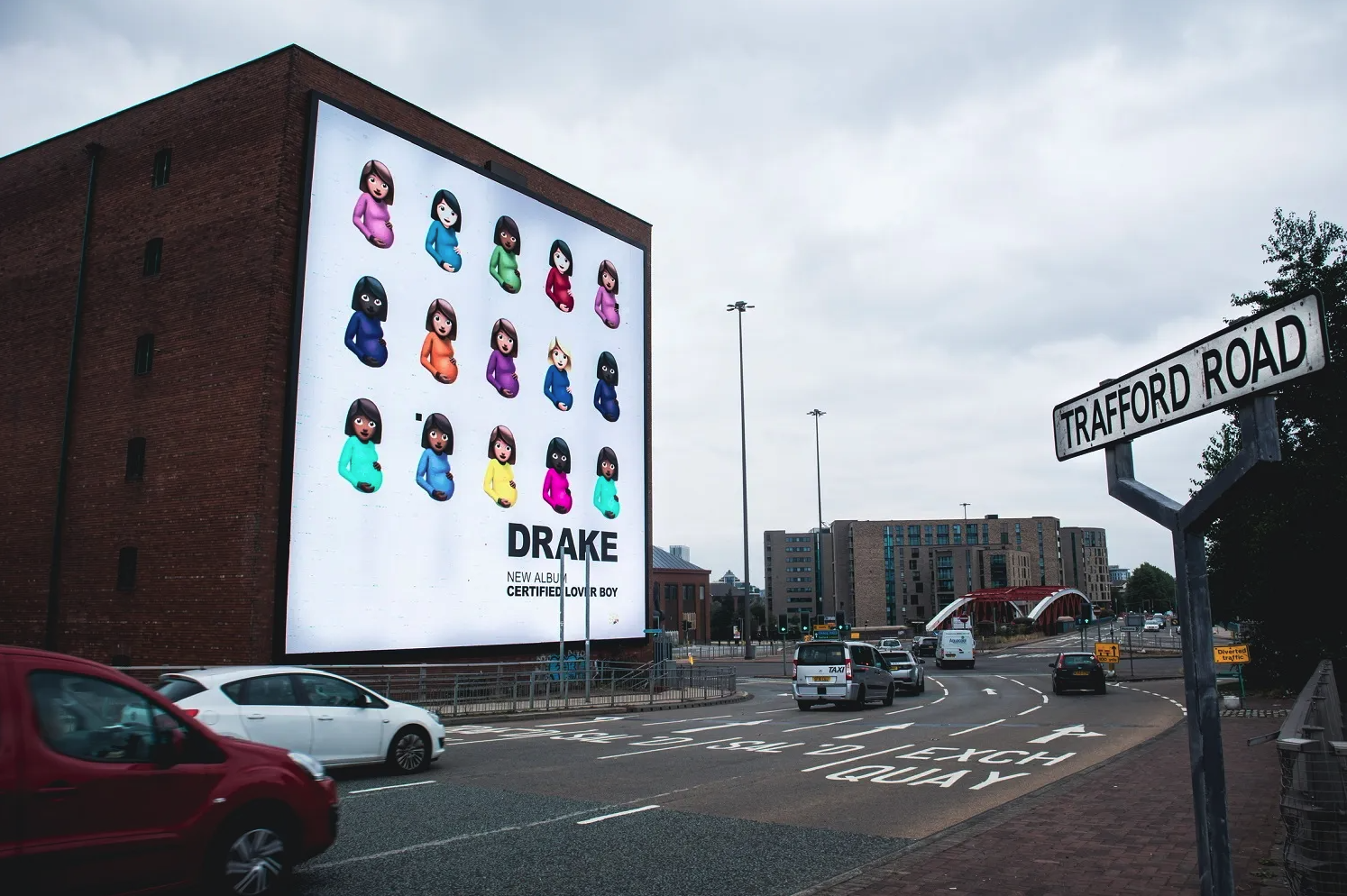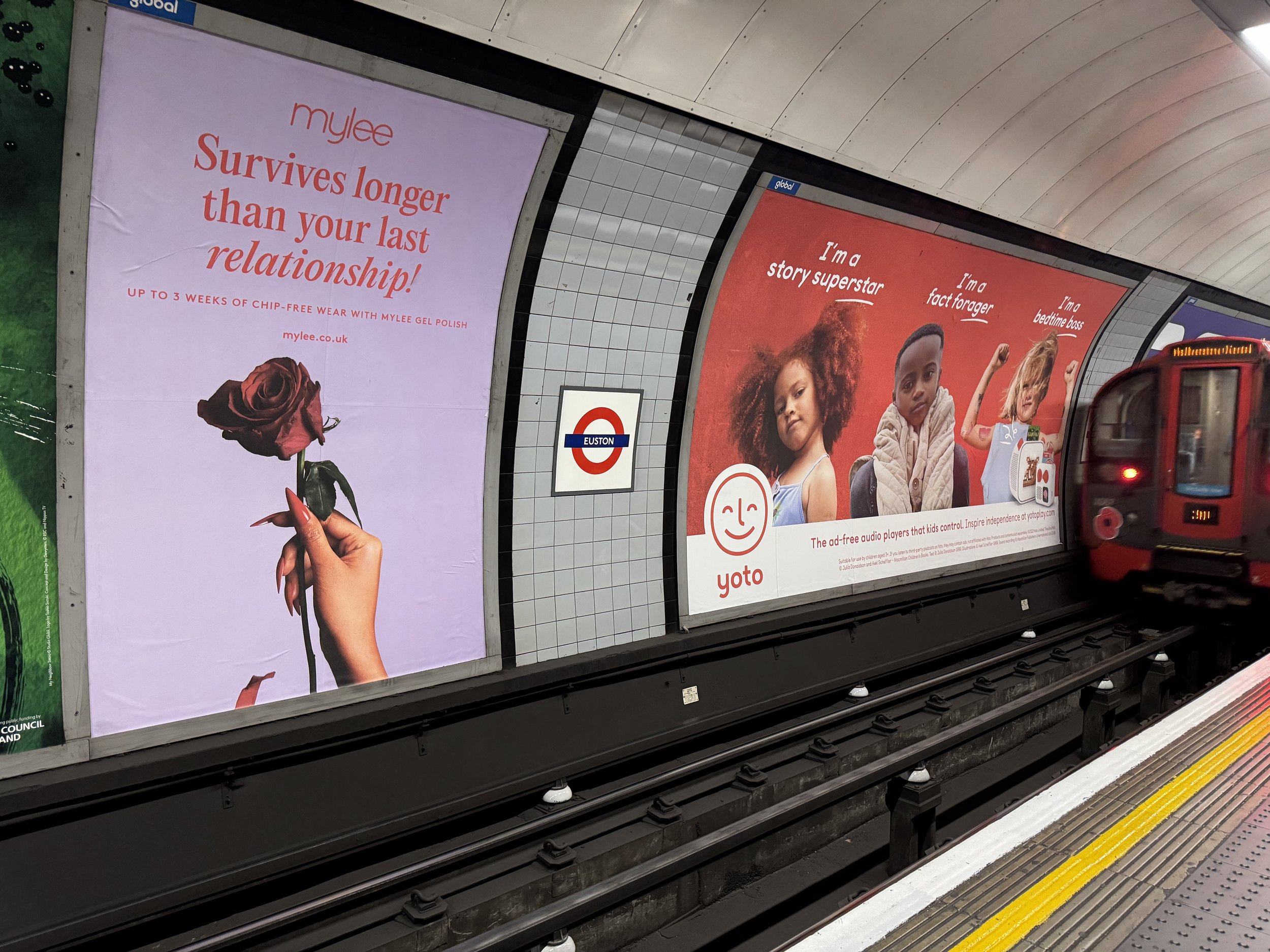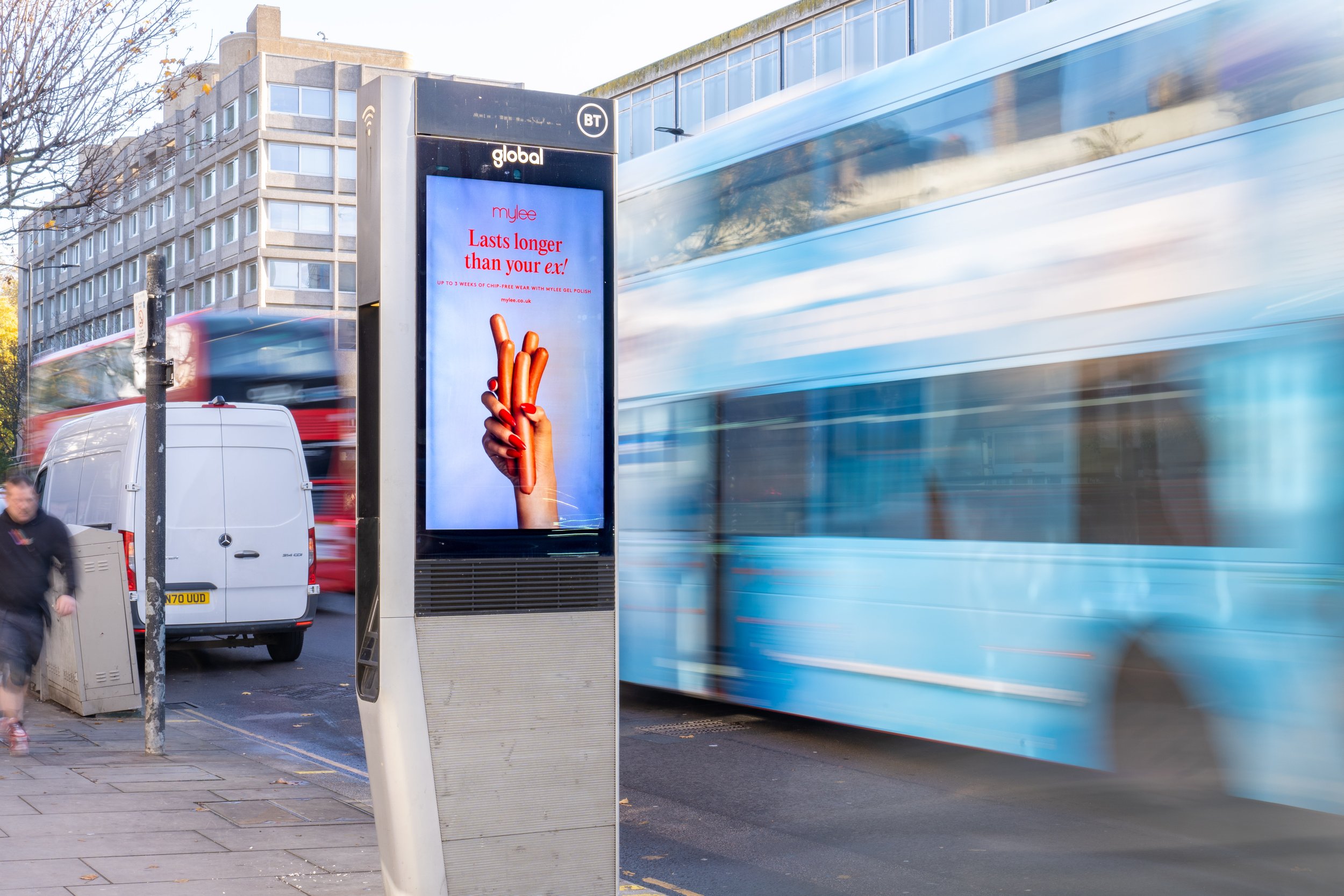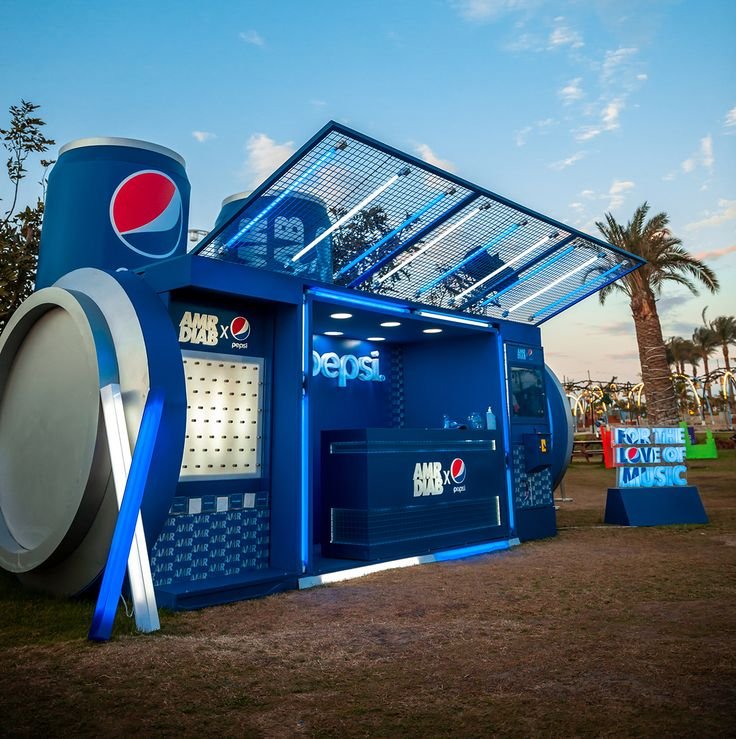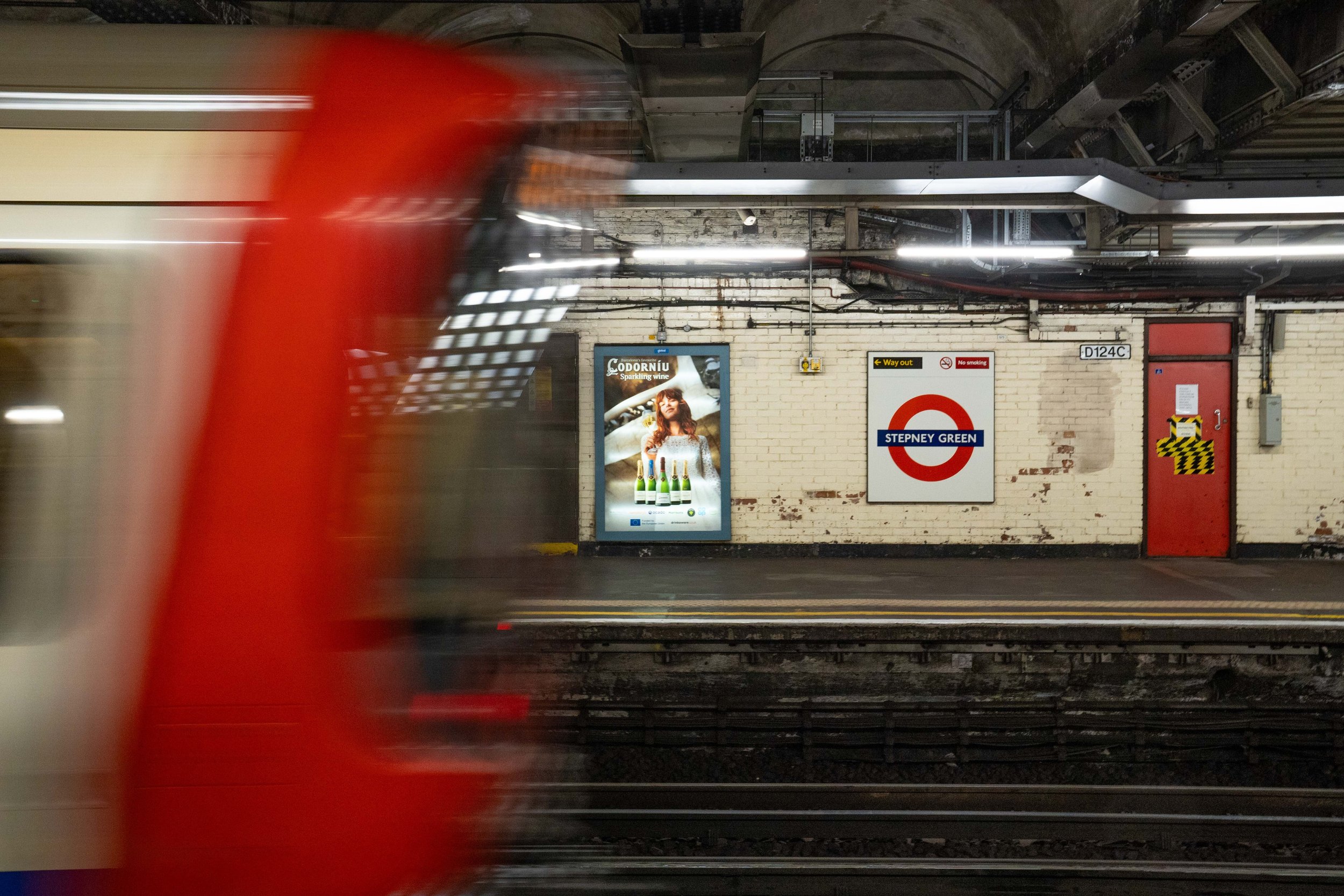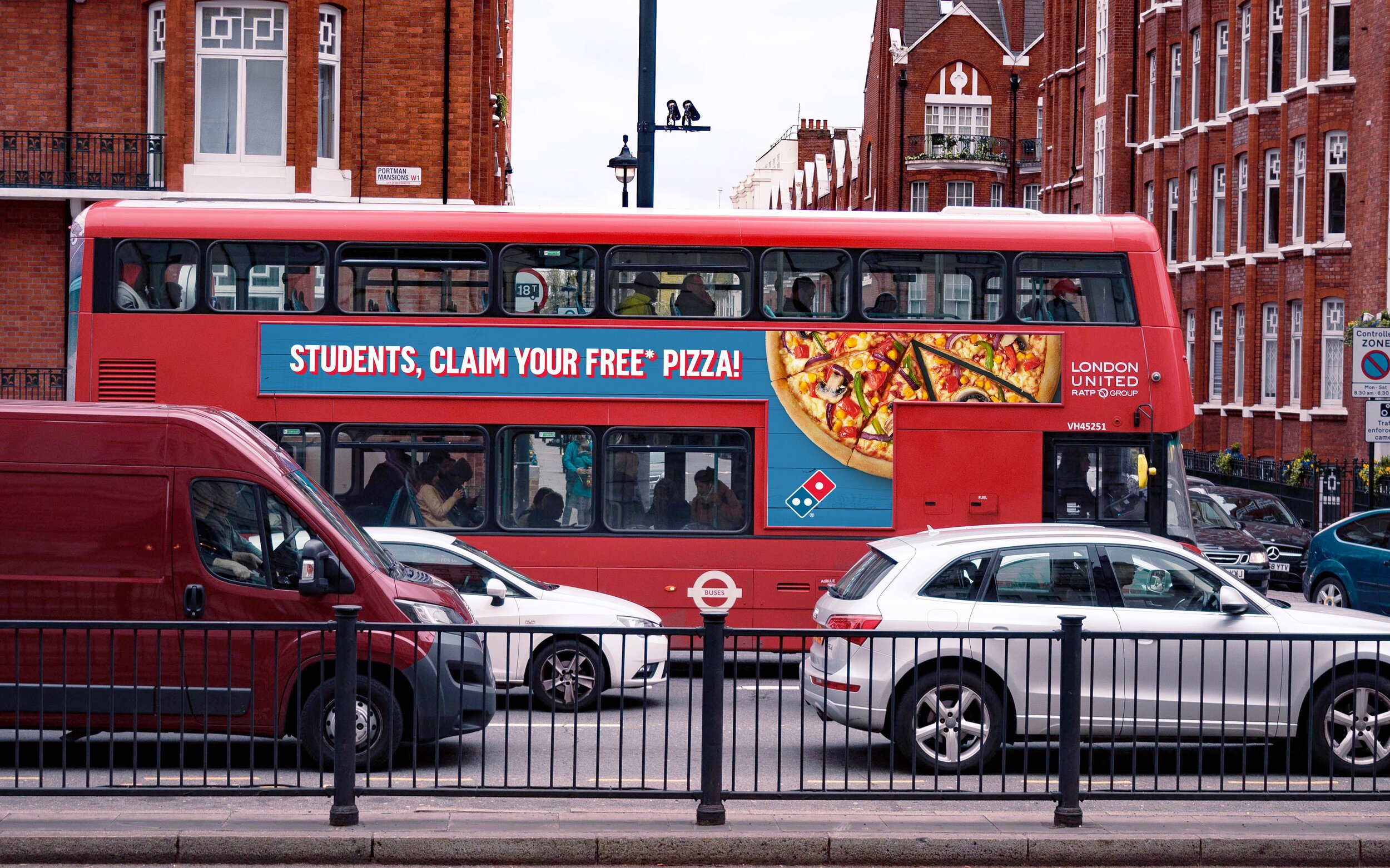Billboard Sizes And Dimensions: what are the different types of billboard formats?
Billboards have been around for centuries, going as far back as Ancient Egypt where they were used for propaganda purposes. Fast forward to now and billboards have become a staple of our skyline. Billboard advertising is an effective tool used for promoting businesses in a variety of creative and engaging ways and there are a variety of formats that provide different levels of impact.
As a media planning and buying billboard advertising agency, One Day Agency has a vast inventory of billboard formats available to communicate via. Understanding these types and their uses can help you to make an informed decision on which will provide the most value for your campaign. Let’s unwrap together.
Different Types of Billboards
First and foremost, let’s take a look at the 2 different types of billboards:
Static: These traditional billboards don’t move. The message doesn’t change and they typically don’t share advertising space with other businesses. The message is printed or features an image that remains consistent throughout the advertising period.
Digital: These more modern billboards use digital display technology to showcase advertising messages on electronic/LED boards. The content is dynamic and rotates between multiple advertisements.
Billboard Formats
96 Sheets & D96-Sheets (digital)
The typical size of this billboard format is: 12.192m x 3.048m or 480” x 120”.
96 Sheet Paper Billboard.
High-impact. That’s what best describes this popular out-of-home format making it one of the most popular of all large billboard advertising formats.
These large billboards are located in prime locations such as motorways overhead, bridges, key traffic spots, key tourist attractions, important landmarks and more. There is nothing more impressive than a 96-sheet billboard and because they are so big, they can convey a lot of information and attract a wide variety of people making them perfect for brands that want to make a significant impression.
Pros: Due to their large size, they are highly visible and can make a significant impact both in terms of brand awareness and reach, particularly in high-traffic areas.
Cons: Their larger size can come with higher rental and production costs meaning less accessibility for brands with tighter budgets.
8 Sheets & D48-Sheets (digital)
The typical size of this billboard format is: 6.096m x 3.048m or 240” x 120”.
The 48-sheet-sized advertising billboards are the most popular and, of course, classic. The most common type of 48-sheets are standard printed which are typically found on the side of busy roads, shopping areas and train stations.
This format has the mixed benefit of impact and location, and today there are many possibilities to really get creative including 3D billboard builds! Spread across the entire nation, these can be bought in bulk or in single units fitting the marketing needs of all brands. These billboards are best suited for brands looking to increase visibility and maintain a nationwide presence.
Pros: 48 sheets strike a good balance between size and cost, offering brands a sizable display at a more affordable price.
Cons: Securing prime locations for 48-sheets can be challenging, impacting the ability to target specific demographics or areas effectively.
6 Sheets & D6-Sheets (Digital)
The typical size of this billboard format is: 1.2m x 1.8m or 47.24” x 70.87”.
Paper 6 Sheets.
6-Sheets are the absolute workhorse of outdoor advertising simply because they are the most prevalent format across the country. Tactically or not, you’ll find a 6-sheet billboard just about anywhere including bus stops, railway stations and shopping centres.
A cost-effective advertising format, 6-sheets are best-suited for brands with limited advertising budgets wanting to reach a large and diverse audience through a locally targeted approach. They are a versatile choice in that they can be back lit using lightboxes to illuminate the poster so that it’s more visible at night or in low-light conditions.
Pros: 6-Sheet billboards are beneficial for localised advertising, making them effective for businesses looking to target specific locations or communities. They are a cost-effective choice for businesses with limited budgets.
Cons: Due to their smaller size, they may have limited visibility compared to larger formats. In addition to this, the smaller display area means less space for advertisement information and detail.
Bus Stops / Bus Shelters
Bus Stop Paper 6 Sheet
Bus stop advertising is a great ad network for all types of brands and businesses looking to reach millions of people daily. Whether you’re interested in building your brand nationally, regionally or locally, bus stop advertising provides the flexibility to help you meet your marketing objectives.
The number of local bus passenger journeys in England was 3.09 billion in the year ending June 2022 (1). The 5-10 minutes that people are sitting at the bus stop before catching their bus means that there is ample time for your message to reach millions of people annually, making them an effective choice of advertising.
Bus stop advertising comes in two formats: the AdShel 6-sheet and digital 6-sheet also called AdShel Live. AdShel is the ideal product for advertisers looking to deliver brand-building or awareness-driven campaigns. The digital option, AdShel Live, allows for a more targeted experience as well as the option to broadcast multiple messages.
Pros: These billboards are placed in areas of high foot traffic, providing advertisers with an opportunity to reach a wide variety of people. Their locations also mean that advertisers can target specific audiences and communities.
Cons: Despite experiencing high foot traffic, their limited messaging time means that exposure to an ad for each passerby is relatively short.
Iconic Billboards (Locations)
Iconic Billboard
Spread across the UK, you can find key iconic sites and billboards such as Piccadilly Circus or Axis Tower in Manchester (as seen in the picture). These iconic billboards are unmissable and seen by millions daily.
If the aim is to build awareness and a trusted brand, these locations might be just right for you. The sizes of these vary but due to their iconic locations, they are guaranteed to have a significant impact.
StreetHubs
As the name suggests, these units contain useful connectivity services such as ultra-fast wifi, emergency and council services and more serving their local communities. There are over 500 units available for advertising and due to their purpose, they are located in high pedestrian traffic locations with great sidewalk and road visibility. Like the 96 or 48-sheets, these achieve high impact and impressions.
Let’s Talk Billboard Format Pricing
The price of each billboard format varies primarily due to the size but there are several other unique components to consider:
Location: Displays located in high-traffic areas such as bus shelters, train stations and shopping centres can be more expensive than those in less busy areas.
Duration: The length of time the campaign runs can impact cost. Longer campaigns may be more expensive than shorter campaigns.
Quantity: The number of sheets needed for the billboard advert will contribute to the cost of a campaign. A higher number of sheets may actually lower costs.
Production cost: The cost of printing content in comparison to the cost of a digital or 3D design can significantly impact costs. (2).
Conclusion
There are a variety of different billboard formats and understanding these and their strategic applications is crucial for effective billboard advertising. From larger high-impact 96-sheets or the cost-effective 6-sheets, each format has its own unique set of uses, pros and cons. For more advice on billboard formats and pricing, contact us today.
We are an independent billboard advertising agency dedicated to creating highly detailed media plans and campaigns where all details are tied in to maximise influence over consumers. Check out our approach for more info.
References
https://www.gov.uk/government/statistics/quarterly-bus-statistics-april-to-june-2022/quarterly-bus-statistics-england-april-to-june-2022#:~:text=London%20(%20TfL%20).-,Summary,%2D19%20)%20pandemic%20over%20time.
https://outofhome.media/billboards/how-much-does-billboard-cost-in-the-uk/
FAQs
What are the sizes of billboards?
96-sheets: 12.192m x 3.048m or 480” x 120”
48-sheets: 6.096m x 3.048m or 240” x 120”
6-sheets: 1.2m x 1.8m or 47.24” x 70.87”
The largest advertising display in Europe is situated in London and is a single 783.5m2 screen with a resolution 1.4x greater than 4k.
What are the two main types of billboards?
Billboards can be categorised into two groups - digital and static. Digital billboards are usually dynamic and use technology to display messaging, whilst static (traditional) billboards typically don’t move and use materials such as plastic and paper to display messaging. Knowing their differences and how to use them can inform you on which one best suits your billboard campaign and objectives.
If you want to learn more about Billboard Advertising, reach out to us today.


